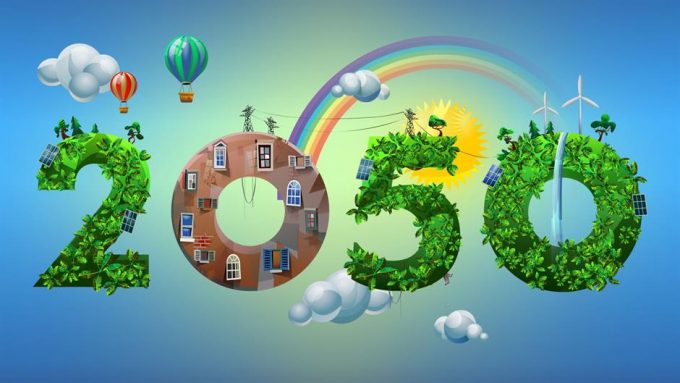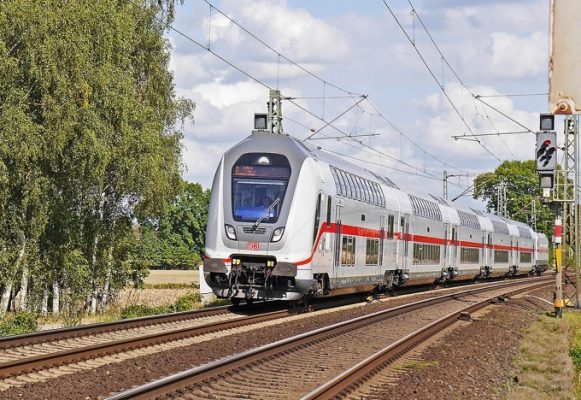
There is a justifiable fear that South East Europe will lose its pace with the rest of the continent if it does not adopt a long-lasting and far-reaching strategy of investing in a sustainable, efficient, renewable energy system – because, in the next 10 years, almost 90 percent of the energy infrastructure using lignite (brown coal) is expected to close these plants or begin their reconstruction.
It is necessary to make a decision on how to replace the existing capacities of brown coal as soon as possible. Considering the construction period of new plants is 5 to 8 years and their life expectancy 40 to 50 years, investments in energy must be managed with clear long-term goals.
In support for the creation of a long-term vision for the regional development, a group of organizations from Albania, Bosnia and Herzegovina, Montenegro, Croatia, Macedonia, and Serbia, gathered around the project “Sustainable Energy for SEE”, developed the Energy Model 2050 for South East Europe, based on Calculator 2050 – a tool developed by the United Kingdom Department of Energy and Climate Change (UK DECC), successfully used by many countries*. Thanks to the participation of the Belgrade non-governmental organization “Fractal” in this project, this energy model is available and makes exploring a wide range of energy and emission scenarios easier for us, and it can be used by technical experts and decision makers, as well as interested public. This tool provides the opportunity for citizens to create an opinion and attitude about their energy future.
With this model, partner organizations selected and compared two scenarios for the region. The first one follows the worst route regarding climate impact and implies continuous dependence on fossil fuels, with the focus on new coal power plants, without ambitious targets for increasing energy efficiency, instead of new renewable energy sources. In contrast, the low carbon scenario shows how the region can reduce energy losses and move to a sustainable, efficient and renewable system, allowing countries to meet the goal of reducing harmful emissions by 80 percent by 2050 compared to 1990. In this scenario, the transformation of the transport sector and especially the transport electrification represent an essential part that leads towards the decarbonization.

The transport emissions, which currently account nearly 15 percent of the total emissions (2010 year data), are the cause of air and noise pollution, especially in cities. If mobility, based on the current model, remains unchanged and dominant practice in the region by 2050, energy consumption and emissions of harmful gases in the transport sector will increase by almost 50 percent compared to today’s values. Contrary to this scenario, improving vehicle efficiency, moving from gasoline and diesel to electric motors and progress in logistics planning and smart routes will contribute to reducing energy consumption and dependence on predominantly imported oil by 2050.
Relying on the expected trends in the EU, this scenario of transport development suggests that 80 percent of road vehicles by 2050 will be on electric or combined hybrid drive. At the same time, it is expected to reduce the use of cars, especially in cities and for short drives.
Examples offered by countries such as Norway, where up to 50,000 electric vehicles were registered by April 2015, bring important and incentive policies such as tax exemption, the advantage of obtaining parking or the ability to drive on bus lanes. At the same time, the electric vehicles market is evolving rapidly, new models for electric transport are introduced, along with the expected decrease in serial production costs.
Relying on the expected trends in the EU, this scenario of transport development suggests that 80 percent of road vehicles by 2050 will be on electric or combined hybrid drive
Cost analysis of different scenarios in the model shows that the path to clean energy will not be more expensive than the current plans: in the long run, countries can save money thanks to higher energy efficiency and energy savings. Although significant investments in public transport, biking networks, and urban planning are required, capital costs and fuel costs by 2050 will be lower than in a scenario that suggests an increased use of cars.

Translated and revised excerpt from the publication: South East Europe, The EU Road or the Road to Nowhere, An energy roadmap for 2050 – A guide to the future
* Countries that have developed an energy model based on Calculator 2050 are Great Britain, Belgium, China, South Korea, South Africa,
India, Japan, Taiwan, Mexico, Colombia, Bangladesh, Vietnam, Thailand, Indonesia, Nigeria, Switzerland, Austria, and Australia. Algeria, Brazil, and Hungary are in the process of creating this model.
This content was originally published in the eighth issue of the Energy Portal Bulletin, named ECOMOBILITY.

